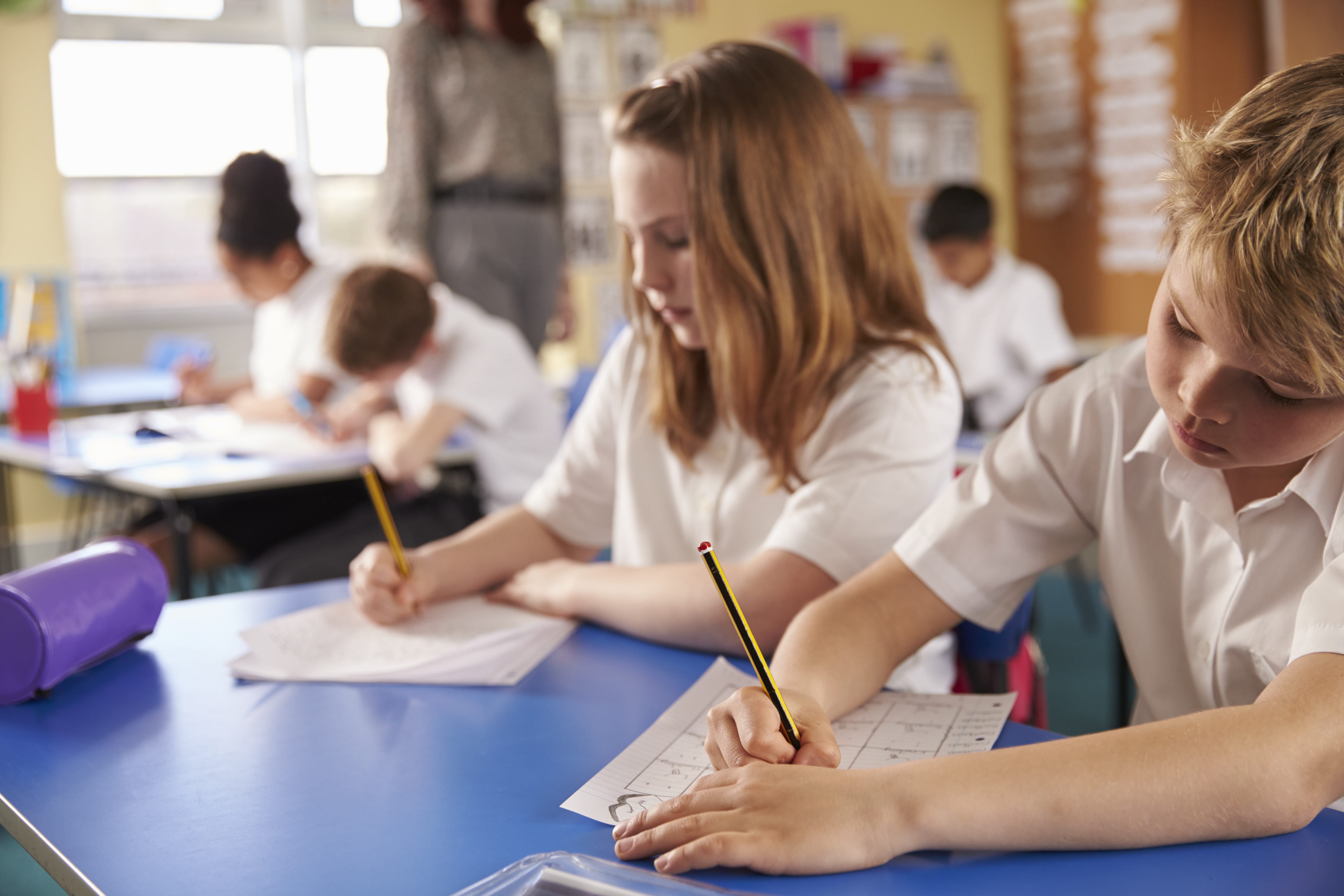Mary Immaculate High School in Cardiff is leading the way in taking advantage of the latest technology, becoming the first school in Wales to engage with an exciting new Virtual Robotics project, led by researchers from Cardiff University.
Through a range of activities, students learned to navigate the virtual world, creating their own identities via personalised avatars, honing communication skills using both virtual and real-life platforms.
[aoa id=”1″]Interactive activities included exploring the virtual world and programming ‘SLurtles’ (virtual robots) to build objects and complete tasks, helping to develop creativity, skills and knowledge; as well as promoting teamwork as pupils worked together to design and build a space on their own classroom island.[/aoa]
Introduced as an alternative to expensive physical robotics kits, the programme forms part of the Educational Robotics for STEM (ER4STEM) project, bringing education to life and promoting a greater knowledge of both programming and computer science.
Initial lesson activities were designed by Dr Carina Girvan, a lecturer at Cardiff University’s School of Social Sciences and developed and implemented by Adam Speight, Head of ICT and Computer Science at Mary Immaculate High School.
Speaking about the project’s success, Dr Girvan said:
“Research informed teaching is becoming an increasingly important aspect of education in Wales, and through our collaboration with Mary Immaculate High School students, teachers and researchers have had a valuable opportunity to learn from one-another. It has provided teachers and students at Mary Immaculate with the opportunity to benefit from and contribute to a large scale European project (ER4STEM) which furthers our understanding of how robotics can be used in STEM education to engage and inspire young people, particularly girls. From this research we have developed a framework for the design of educational robotics activities for primary and secondary schools, a series of activity plans and activity plan templates to assist with lesson planning.
“SLurtle robotics provides a new arena for educational robotics activities. Creating their own avatar with which they can move about a 3D virtual world and interact with others in their class has been a great way to engage all learners, especially those who were less interested at the beginning. Collaborating within a virtual space and learning to control the SLurtle robot is a challenge, but one which the students rose to and through which they have developed a range of transferable skills, the kinds of things employers are increasingly looking for. I’ve been impressed by what the students have achieved. Our research shows that students have particularly valued the opportunities to create personally meaningful artefacts, to share what they have created with others, to learn from peers and have the opportunity to self-direct their learning.”
Adam Speight added:
“The sector-leading project has proven to be of such value to both us a school and also to the educational provision we provide for learners.
“The work undertaken has helped embed our MISuccess program across the school – making pupils be more ambitious, determined and resilient learners.
“Pupils developed a range of transferable skills with digital competence at the forefront – one of the things they particularly valued was the opportunity to take complete ownership of what they were creating.
“We are very grateful to Cardiff University for giving us this unique opportunity and it is evident from this research that the use of virtual robotics has a clear place in the new curriculum for Wales which is currently being developed.”








Leave a Reply
View Comments